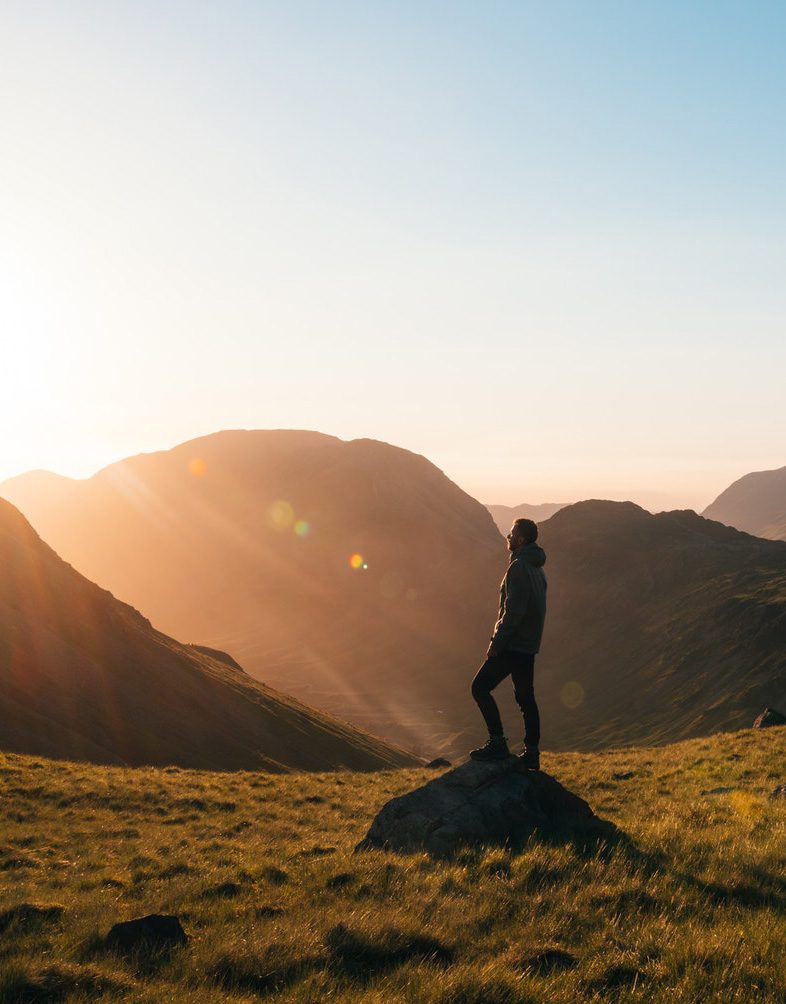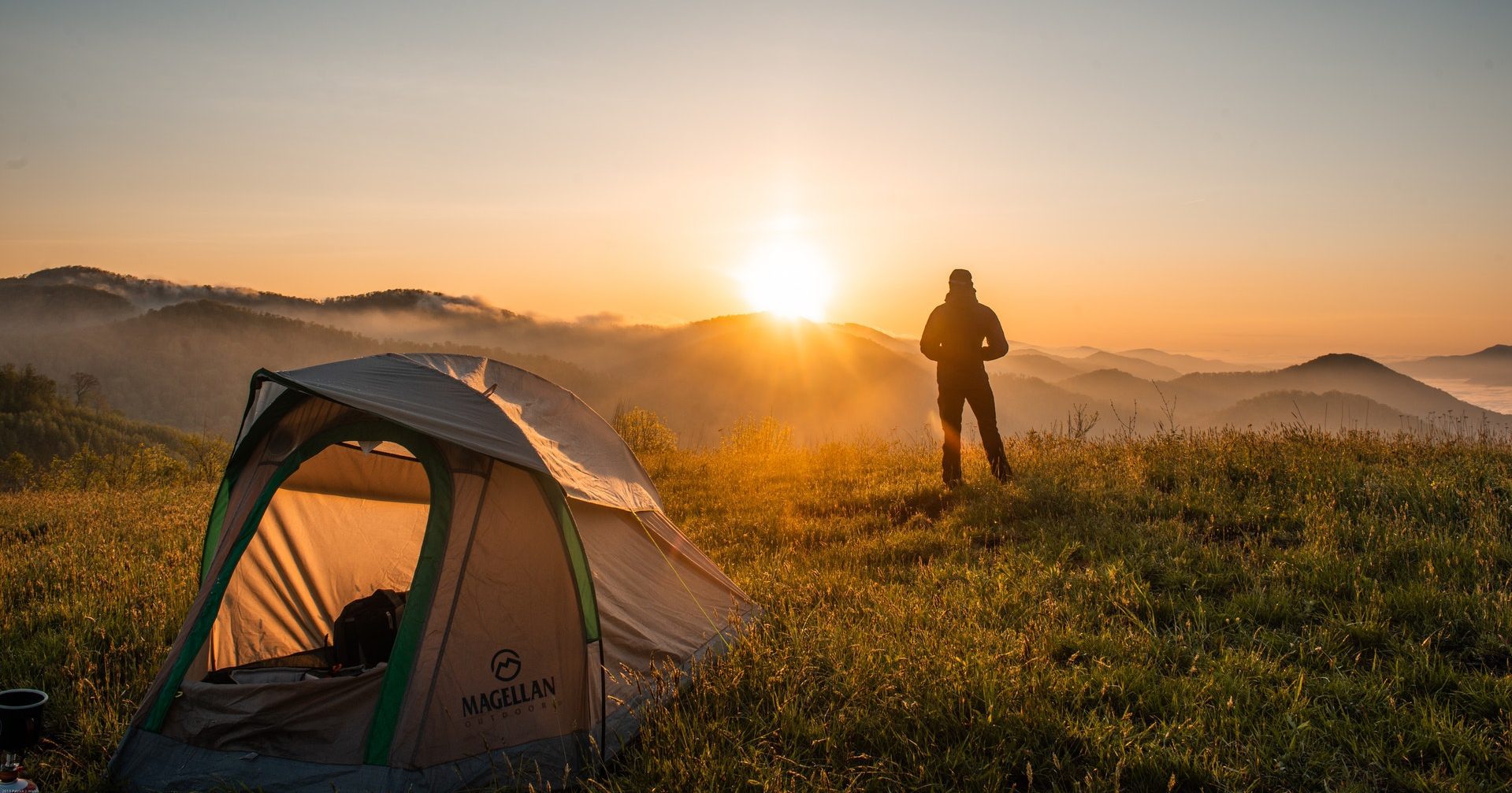When you consider certain places that could cause the most damage due to sun exposure, which places pop into your mind first? If you think tropical beaches and regions with a warmer climate are the ones that pose the maximum risk, you are not alone. That said, you will likely to be surprised to know that our exposure to skin-damaging UV rays is higher on mountains than on tropical beaches and you require more for high altitude sun protection.
This may sound strange, but the reason behind it is simple – UV radiation from the sun increases with elevation. The atmosphere’s invisible ozone layer acts as a shield against the harmful UV rays. At higher altitudes, the atmosphere surrounding us tends to be thinner than places that are closer to sea level. This causes less ozone protection and more UV exposure at higher elevations.
UV exposure at high altitudes is substantially greater than at sea level. This means, you need to be even more careful about safeguarding your skin against the sun when you are at a higher altitude. As a matter of fact, there is an increase of 6-10% in UV exposure with every 1000 feet of elevation. For instance, if you live in a place, which is around 6000 ft. above sea level, your exposure to UV is 36 times more than at sea level. Likewise, if you are vacationing somewhere at an altitude of 9000 ft., your UV exposure would be 42 times more than at sea level.
Unprotected UV exposure can make your skin thin, wrinkled, and hyper-pigmented. And we all know that the sun’s UV rays are the leading cause of skin cancer. Therefore, it is extremely important to protect our skin at a high elevation.
High Altitude Sun Protection Tips

You should consider the following measures to protect your skin at high elevations:
- Physically protect yourself with UV-protective sunglasses, wide-brimmed hat, and UV-protective clothing. This will block the sunrays from coming into direct contact with your skin.
- When outside in the sun, seek shade wherever possible.
- Protect your lips with a moisturizing lip balm, containing SPF.
- Carry along a sunscreen stick, which is easy to use and apply, particularly when you are wearing gloves.
- Wear long sleeves in your car, or even at the office, especially if you sit near a window.
- Wear sunscreen, even when you are driving or working near a window. The sun’s UV radiation can penetrate easily through glass. Also remember that any sunscreen will only give you the desired results if you pick the right one and apply it properly.
Sunscreen Tips:
Here are a few useful tips for choosing and applying sunscreen:
- A broad-spectrum sunscreen with SPF 30 or more works best.
- You should apply sunscreen 15 minutes prior to going outside.
- Reapplying sunscreen is equally important, reapply it every two hours, particularly if you are swimming or sweating.
- Prefer a sunscreen that contains zinc oxide and/or titanium dioxide as these mineral-based ingredients provide physical UV protection.
Do You Need Higher SPF at High Altitudes?
Since UV exposure considerably increases at high altitudes, the methods you use to protect your skin from sunrays at high elevations should be different from what you would use at sea level. For instance, SPF 30 sunscreen may be suitable for most regions, but at a higher altitude, you may require extra SPF protection.
A 2009 study revealed that SPF 50 sunscreen offers less protection than SPF 85 sunscreen. Moreover, a recent study showed that SPF 100+ sunscreen is more effective than SPF 50+ sunscreen in safeguarding against sunburns.
Therefore, it is recommended to increase your SPF protection to ensure high altitude sun protection, especially as you increase in altitude.
Besides taking sun-protective measures, it is important to self-examine your skin once or twice a month and regularly visit your dermatologists or skin cancer physician for a professional skin assessment.




